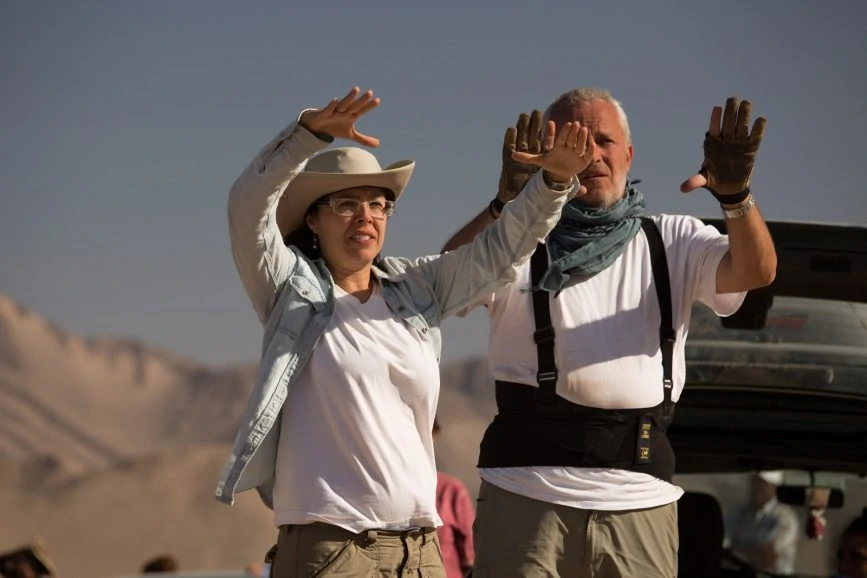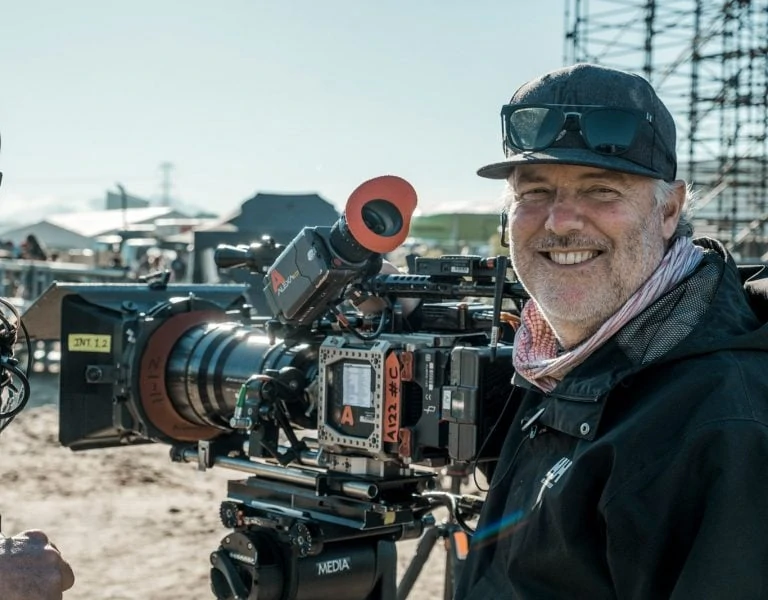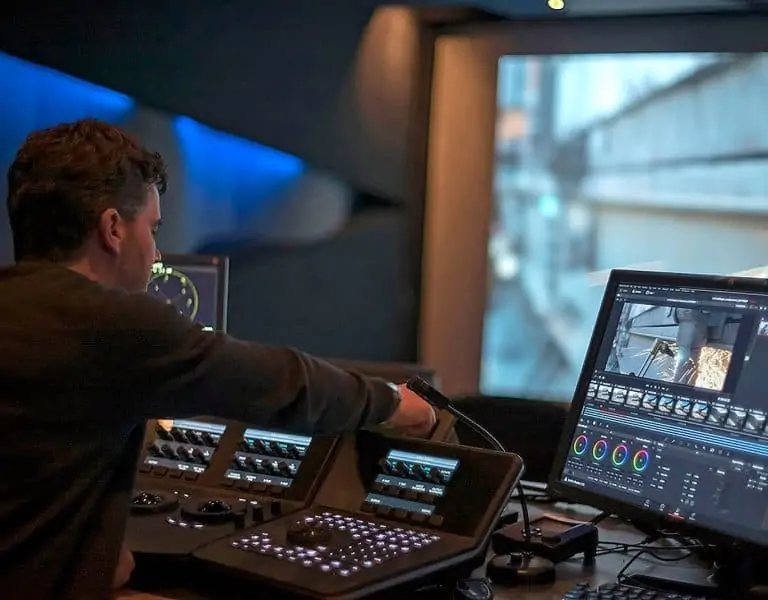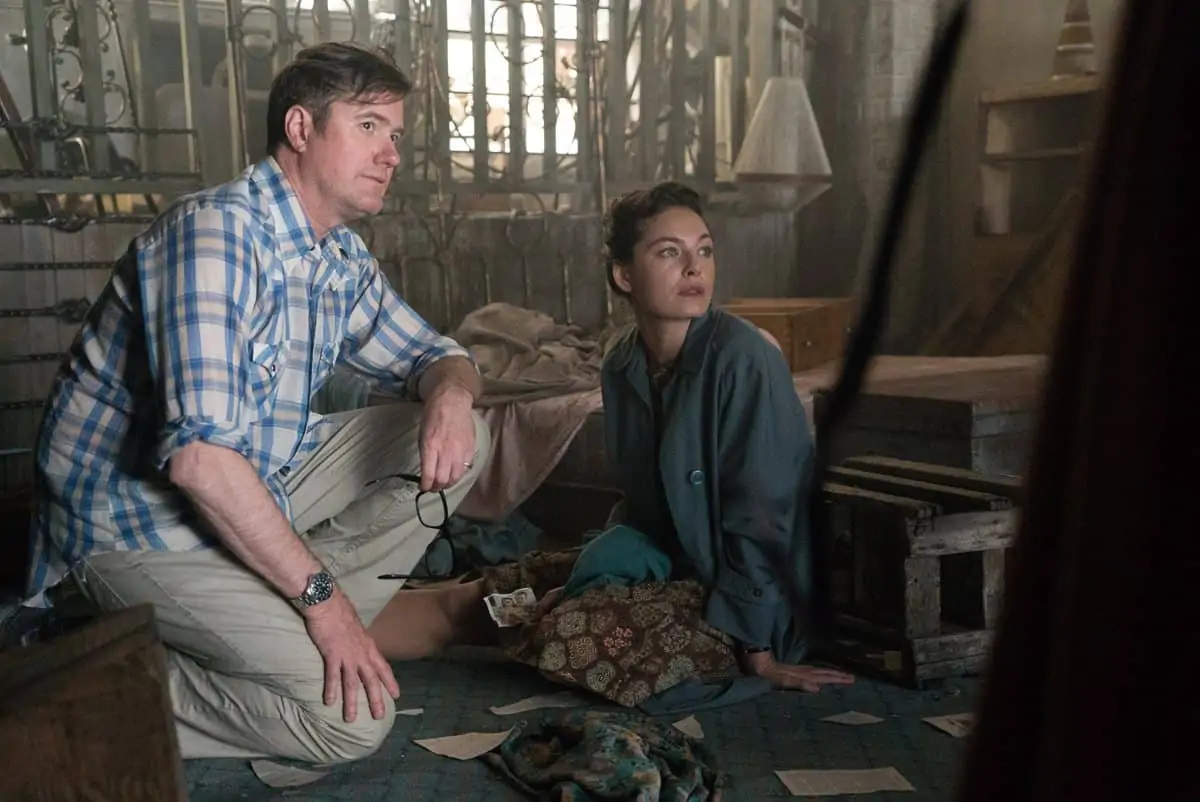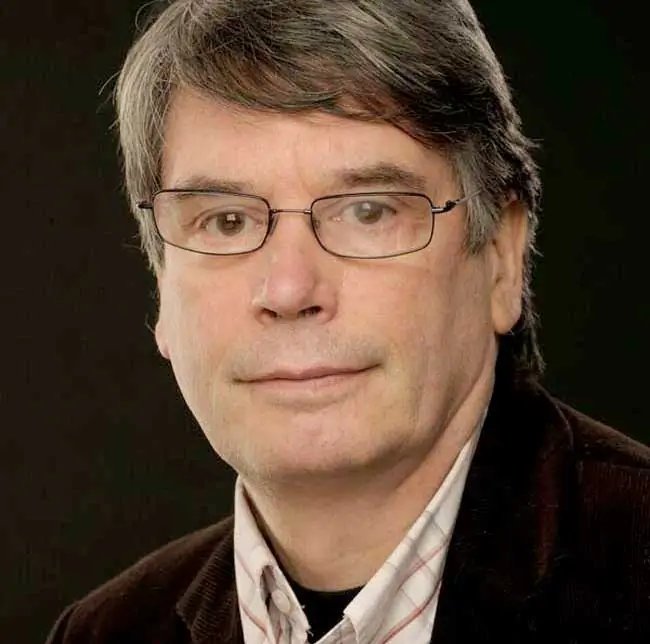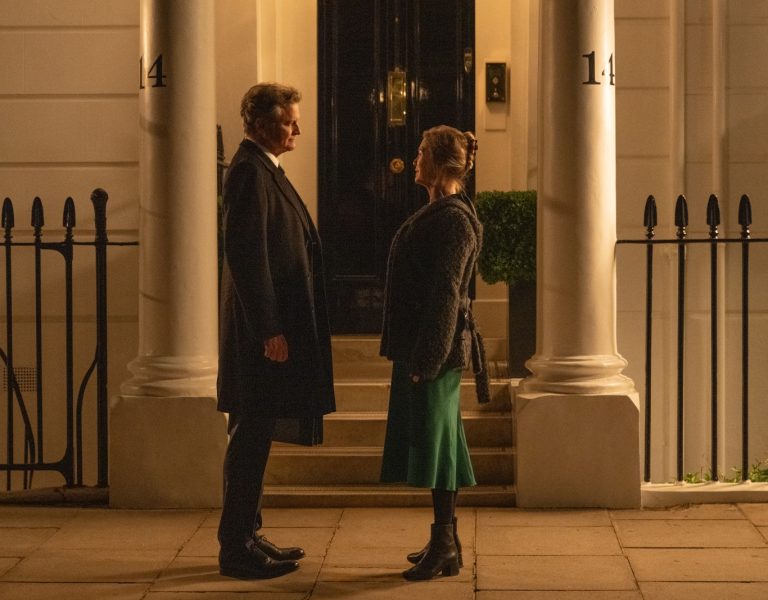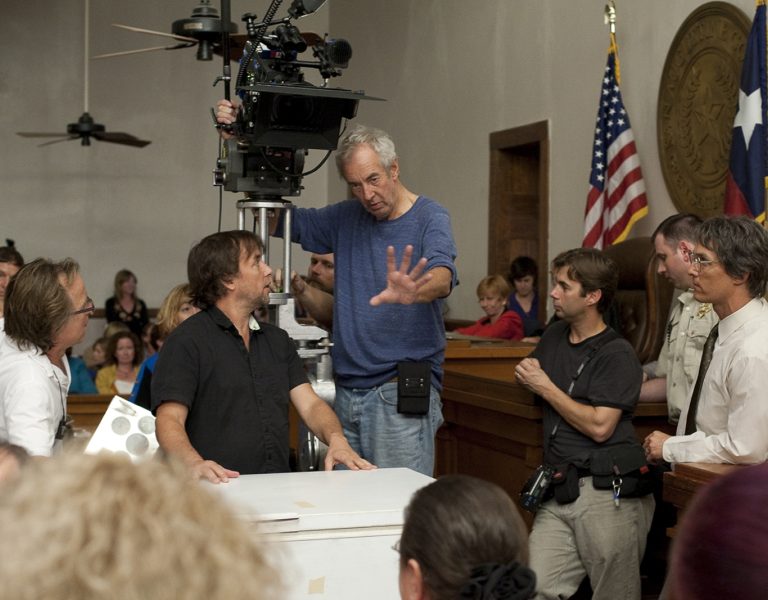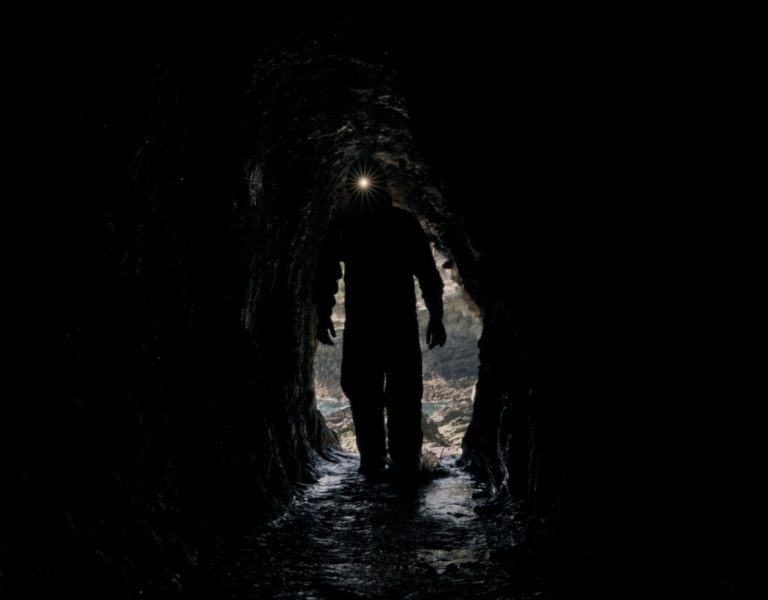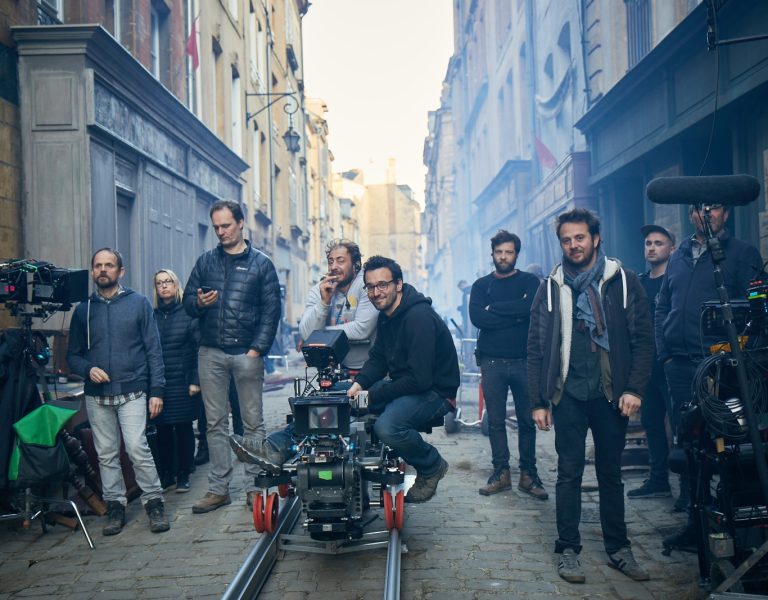A DIRECT RELATIONSHIP
Critical to the successful preparation and execution of a movie is the creative partnership forged between the director and cinematographer.
In order to explore the fundamental relationship, four pairings were selected, including two veteran actors making their directorial debuts, two Hollywood stalwarts working together for the first time, and a married couple who are frequent collaborators.
After spending 18 years as an actor and acting coach, Ria Pavia (Candyman) partnered with cinematographer Robert Arnold (Astronomy Club) to create a 10-minute short that had its world premiere at the 2020 Just For Laughs Eat My Shorts film program. Written by Anni Weisband, Second Team centres around a scorned stand-in actor who does not follow the script so as to publicly undress her co-star.
“Ria’s next chapter in life is directing so I said to her, ‘We have to make this diplomatically and take some risks so that it showcases a bunch of different genres,’” recalls Arnold. “The opening is like a sitcom then it changes into a show that looks like an episodic and has a little bit of horror. There are some other elements that make it look like a featurette.”
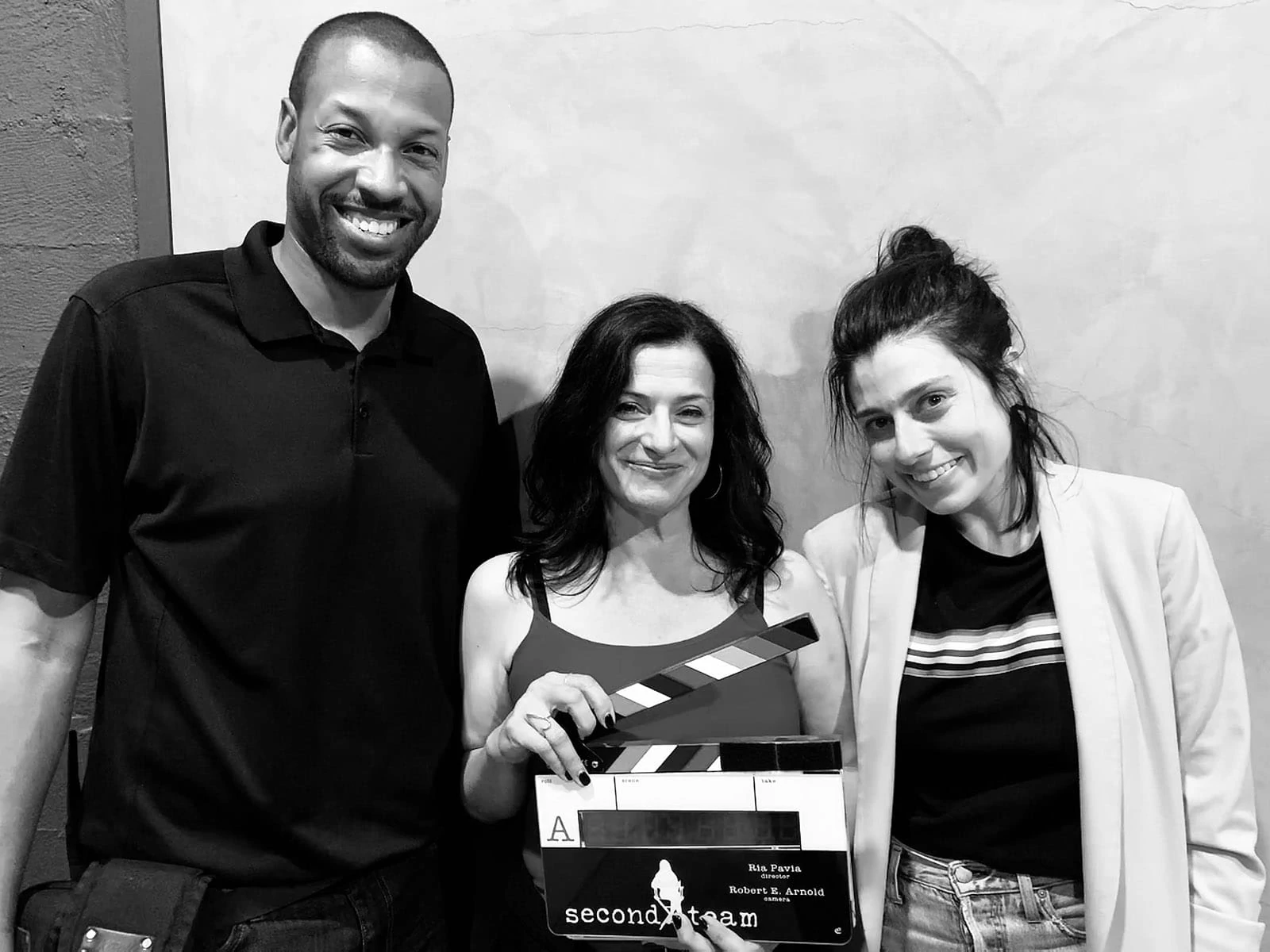
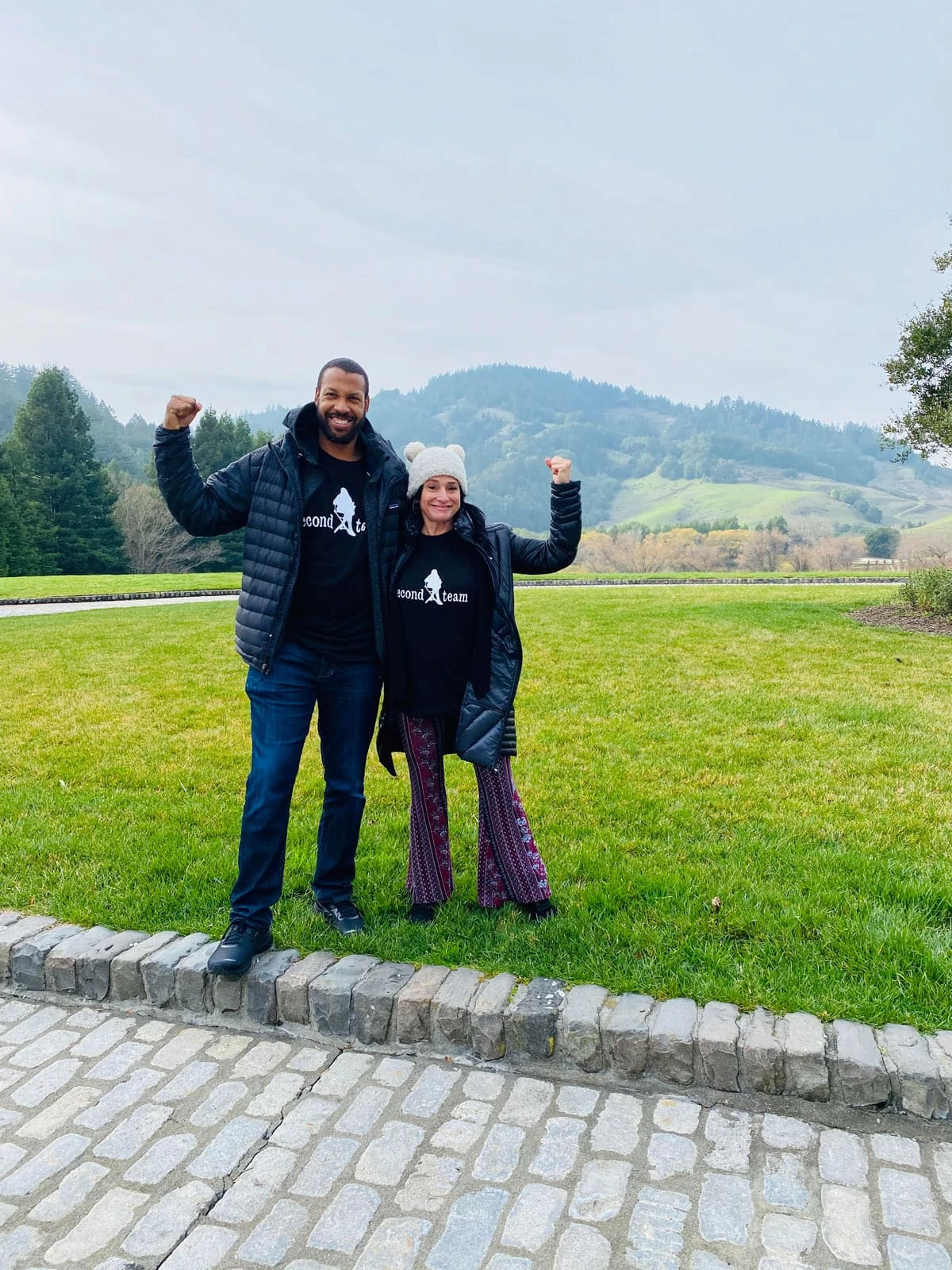
Pavia enjoyed the challenge of culminating the various genre segments into a cohesive whole. “Robert and I broke down the script similar to how a script supervisor would. ‘At the end of this line go into Steadicam, which is like a segue into the other genre.’ It was a work in progress where we would spend five hours in one session, break off on our own, come back again, compare notes, and rework. It almost seemed over prepared, but in hindsight it was vital that we did that. It’s all there and I couldn’t be happier.”
Three-time Oscar-nominee Viggo Mortensen (Green Book) is an actor, author, musician, photographer, poet, and painter; with the release of Falling, he also gets to add screenwriter and director to his list of accomplishments. Ever since working with cinematographer Marcel Zyskind on Two Faces of January, Mortensen (Green Book) wanted him to lens his family drama that stars Lance Henriksen as a bitter patriarch suffering from dementia. “I knew that Marcel was not only a good cinematographer but also a good operator. That was important. It saved time and allowed us to meet our ambitious plan within the schedule that we had,” he says. Mortensen is also a member of the cast. “Usually, you would have more time to discuss things with a director,” notes Zyskind. “We had to talk things through a lot and I needed to be as prepared as possible because once Viggo was in front of the camera he had to focus on the acting.”
A heated argument occurs between father (Henriksen) and son (Mortensen) in a kitchen. “We talked a lot about how we should tell and progress this long scene when Willis [Henriksen] starts to go more off the rails,” recalls Zyskind. “The more heated it becomes we get lower with the camera, so you have more of an intrusive angle on them.”
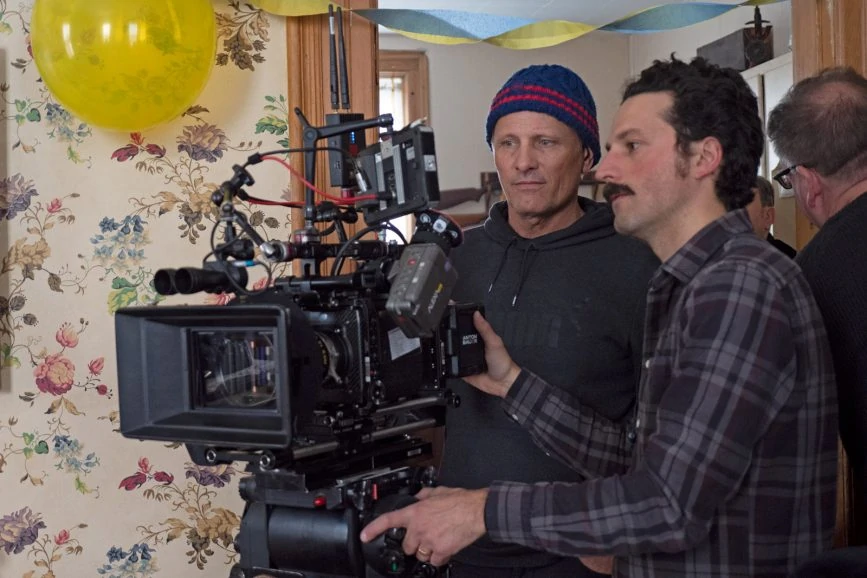
Another cinematic element emphasises that the world is closing in on Willis. “It’s not only that we’re closing in on Willis physically but the lighting is going away in the background while it stays constant on him,” remarks Mortensen. “I’m seeing something different behind him but we’re in Lance’s head, so the world around him is going down and you’re getting more into his face. You can’t help but look into his face even in a medium or wide shot.”
While filmmaker Reginald Hudlin (Marshall) has shifted between television and movies, cinematographer Shane Hurlbut (Into the Blue) ASC has mainly focused on features; they came together for the first time to produce Safety, based on the true story of American college football player Ray-Ray McElrathbey who secretly raised his younger brother on campus.
For Hudlin, there are certain things that need to be kept in mind when selecting a cinematographer. “It’s a relationship. You talk and go, ‘I’m okay being next to that person for 12 to 14 hours a day?’ That’s a big thing. Also, we’re both managing a large team, so how are you going to manage your team and how are we going to manage each other? Do we like the same aesthetics? If you cover all of that stuff and go, ‘I’m still here,’ then you move forward. The movie that Shane wanted to make was exciting and totally fitted with what I wanted to make. When we got together it was great because he had a boldness that I’ve always wanted to express.”
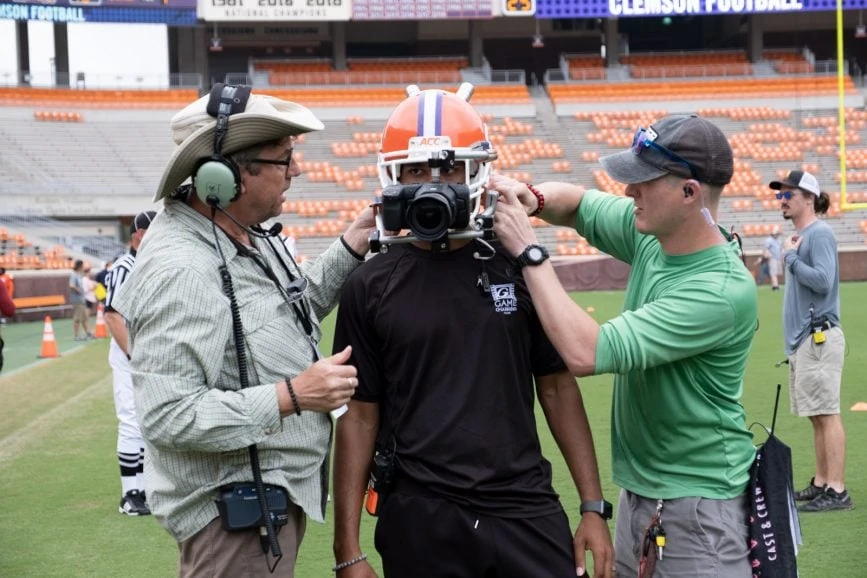
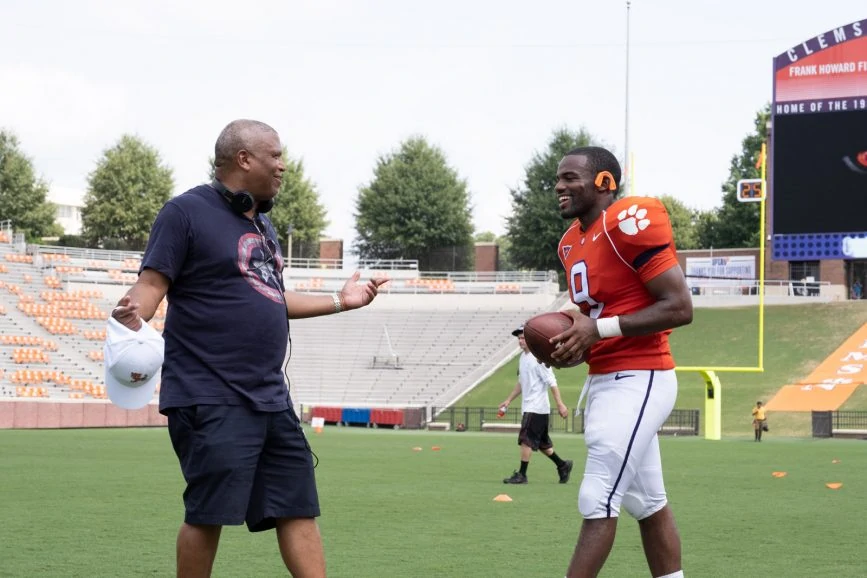
When it comes to establishing trust with the director, Hurlbut notes, “I want to come into that meeting with a point of view because immediately you’re going to know whether a director is a collaborator or they have their own mindset. I’m interviewing the director as much as he is interviewing me.”
The football game sequences in Safety were shot with 23 cameras and required 52 setups. “Reggie had worked with a storyboard artist prior to me coming on and had done the whole beginning sequence for one of the games and also the end. I sat down with the storyboards and said, ‘How can I take all of these shots and incorporate them into a seven minute and 20 second halftime where we can get all of these setups, bring his vision to life, and at the same time add a lot of salt and pepper in there?”
Patricia Riggen and Checco Varese ASC (header image) are married to each other and have been responsible for Under the Same Moon, Tom Clancy’s Jack Ryan and The 33. “We joke all of the time that I marry a different director every movie and then sometimes I marry Patricia again!” laughs Varese. “Normally, a cinematographer is brought onto a project after the director has been developing, writing and working on it for a month or even 10 years. In my case, I’m the first one to know, other than the director, what the movie is about. You’re reading a script even before the studio gets it. It’s a partnership.”
“I am lucky to be able to have a DP whom I trust and don’t feel threatened by because that is not something female directors are used to,” notes Riggen. “Over the years Checco and I have developed a real shorthand. We never take any problems back home. The moment it is over it’s over. We do take back the work which is a wonderful thing because I get to spend more time with a cinematographer than I normally would. We get talking about the script, ideas, and locations at no cost!” Riggen has influenced Varese in how he approaches his profession. “I try to shoot story not shots and that comes from Patricia’s training,” explains Varese. “It has made me a better cinematographer. The shot has to be perfect and reflect the beauty or the ugliness of the scene, but it shouldn’t overcome the story.” There is no set approach to shot listing. “We can discuss some concept art, storyboard a few things that require it to understand the scene and previs things that require visual effects,” states Riggen. “We don’t have a rule. It depends on the project.”
